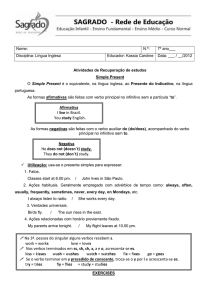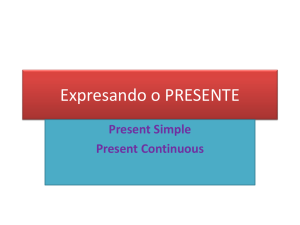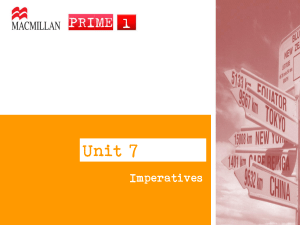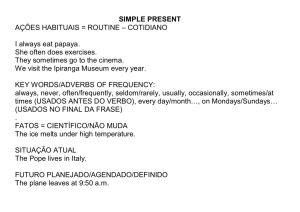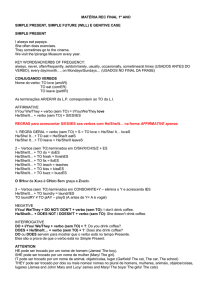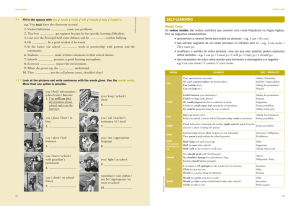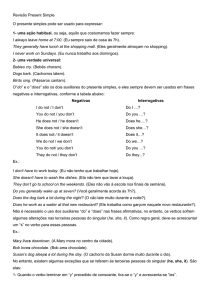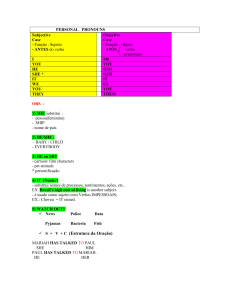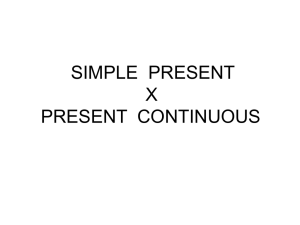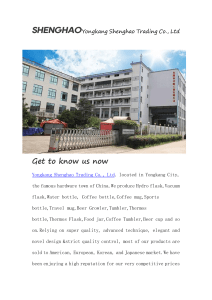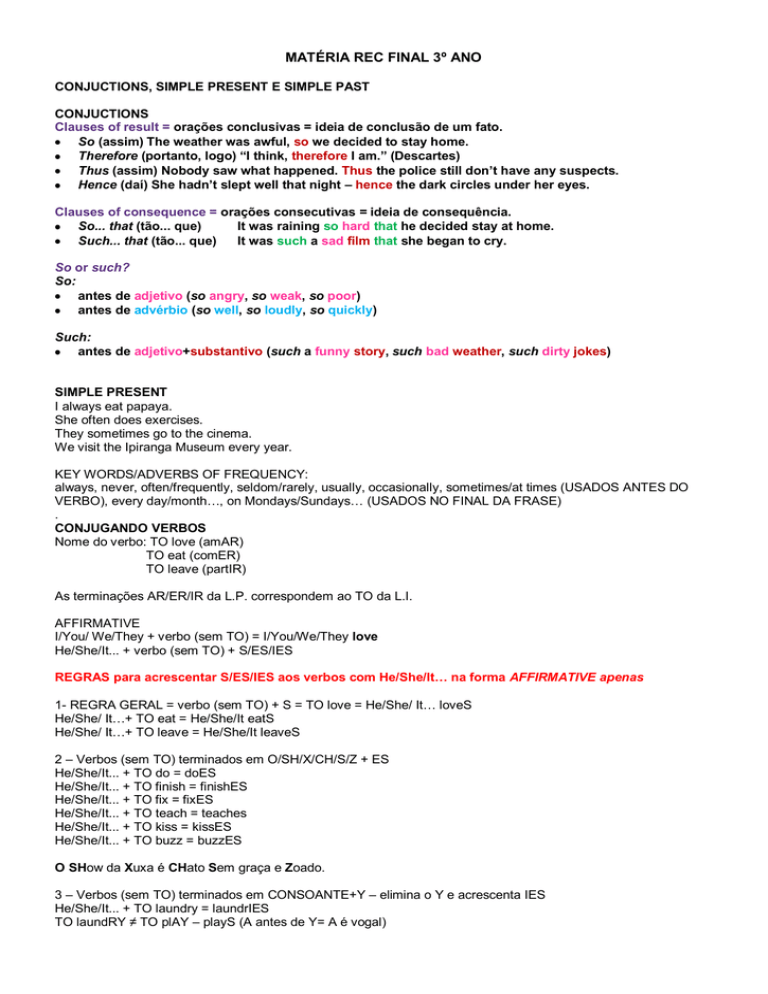
MATÉRIA REC FINAL 3º ANO
CONJUCTIONS, SIMPLE PRESENT E SIMPLE PAST
CONJUCTIONS
Clauses of result = orações conclusivas = ideia de conclusão de um fato.
So (assim) The weather was awful, so we decided to stay home.
Therefore (portanto, logo) “I think, therefore I am.” (Descartes)
Thus (assim) Nobody saw what happened. Thus the police still don’t have any suspects.
Hence (daí) She hadn’t slept well that night – hence the dark circles under her eyes.
Clauses of consequence = orações consecutivas = ideia de consequência.
So... that (tão... que)
It was raining so hard that he decided stay at home.
Such... that (tão... que)
It was such a sad film that she began to cry.
So or such?
So:
antes de adjetivo (so angry, so weak, so poor)
antes de advérbio (so well, so loudly, so quickly)
Such:
antes de adjetivo+substantivo (such a funny story, such bad weather, such dirty jokes)
SIMPLE PRESENT
I always eat papaya.
She often does exercises.
They sometimes go to the cinema.
We visit the Ipiranga Museum every year.
KEY WORDS/ADVERBS OF FREQUENCY:
always, never, often/frequently, seldom/rarely, usually, occasionally, sometimes/at times (USADOS ANTES DO
VERBO), every day/month…, on Mondays/Sundays… (USADOS NO FINAL DA FRASE)
.
CONJUGANDO VERBOS
Nome do verbo: TO love (amAR)
TO eat (comER)
TO leave (partIR)
As terminações AR/ER/IR da L.P. correspondem ao TO da L.I.
AFFIRMATIVE
I/You/ We/They + verbo (sem TO) = I/You/We/They love
He/She/It... + verbo (sem TO) + S/ES/IES
REGRAS para acrescentar S/ES/IES aos verbos com He/She/It… na forma AFFIRMATIVE apenas
1- REGRA GERAL = verbo (sem TO) + S = TO love = He/She/ It… loveS
He/She/ It…+ TO eat = He/She/It eatS
He/She/ It…+ TO leave = He/She/It leaveS
2 – Verbos (sem TO) terminados em O/SH/X/CH/S/Z + ES
He/She/It... + TO do = doES
He/She/It... + TO finish = finishES
He/She/It... + TO fix = fixES
He/She/It... + TO teach = teaches
He/She/It... + TO kiss = kissES
He/She/It... + TO buzz = buzzES
O SHow da Xuxa é CHato Sem graça e Zoado.
3 – Verbos (sem TO) terminados em CONSOANTE+Y – elimina o Y e acrescenta IES
He/She/It... + TO laundry = laundrIES
TO laundRY ≠ TO plAY – playS (A antes de Y= A é vogal)
NEGATIVE
I/You/ We/They + DO NOT/ DON’T + verbo (sem TO): I don’t drink coffee.
He/She/It... + DOES NOT / DOESN’T + verbo (sem TO): She doesn’t drink coffee.
INTERROGATIVE
DO + I/You/ We/They + verbo (sem TO) + ?: Do you drink coffee?
DOES + He/She/It… + verbo (sem TO) + ?: Does she drink coffee?
DO ou DOES servem para mostrar que o verbo está no tempo Presente.
Eles são a prova de que o verbo está no Simple Present.
ATTENTION
HE pode ser trocado por um nome de homem (James/ The boy).
SHE pode ser trocado por um nome de mulher (Mary/ The girl).
IT pode ser trocado por um nome de animal, objeto/coisa, lugar (Garfield/ The cat, The car, The school)
THEY pode ser trocado por dois ou mais nomes/ nomes no plural de homens, mulheres, animais, objetos/coisas,
lugares (James and John/ Mary and Lucy/ James and Mary/ The boys/ The girls/ The cats)
SIMPLE PAST
Ações que começaram e terminaram no passado.
VERBOS REGULARES: são chamados assim porque seguem as regras abaixo.
1. REGRA GERAL: acrescenta-se “ED” no final do verbo:
To clean + ed = cleaned. To watch + ed = watched.
2. Verbos terminados em CONSOANTE + Y, elimina o “y” e adiciona “IED”: To study = studied.
3. Verbos monossílabos (uma sílaba) terminados em CONSOANTE (C) + VOGAL (V) + CONSOANTE (C),
‘dobra’ a última consoante e adiciona ED: To stop + p + ed = stopped
Verbos Oxítonos (última sílaba “forte”) terminados em consoante (C) + vogal (V) + consoante (C), ‘dobra’ a
última consoante e adiciona ED: To occur + r + ed = occurred
VERBOS IRREGULARES: são chamados assim porque não seguem nenhuma regra. Para sabê-los é preciso
consultar a SEGUNDA COLUNA da lista de verbos.
PAST
INFINITIVE
PAST PARTICIPLE
TRANSLATION
Was/were
To be
Been
Ser/estar
Bought
To buy
Bought
Comprar
Made
To make
Made
Fazer
Afirmativa
I/You/He/She/It/We/They… + verbo (regular) com ED (sem TO).
To work = I worked in hospital 20 years ago.
To play = He played basketball last week.
To study = They studied Spanish in the past.
To study ≠ To play (A – antes do Y – é vogal)
I/You/He/She/It/We/They…+verbo (irregular) 2º coluna da tabela (sem TO).
To drink = She drank coffee yesterday.
To buy = They bought a new car.
NEGATIVE
I/You/ He/She/It We/They + DID NOT/ DIDN’T + verbo (sem TO):
I did not drink coffee.
She didn’t drink coffee.
INTERROGATIVE
DID + I/You/ He/She/It We/They… + verbo (sem TO) + ?:
Did you drink coffee?
Did she drink coffee?
DID serve para mostrar que o verbo está no tempo Passado. Ele é a prova de que o verbo está no Simple Past.
KEY WORDS: yesterday, last, ago, in the past etc. Ajudam a identificar o Simple Past.

